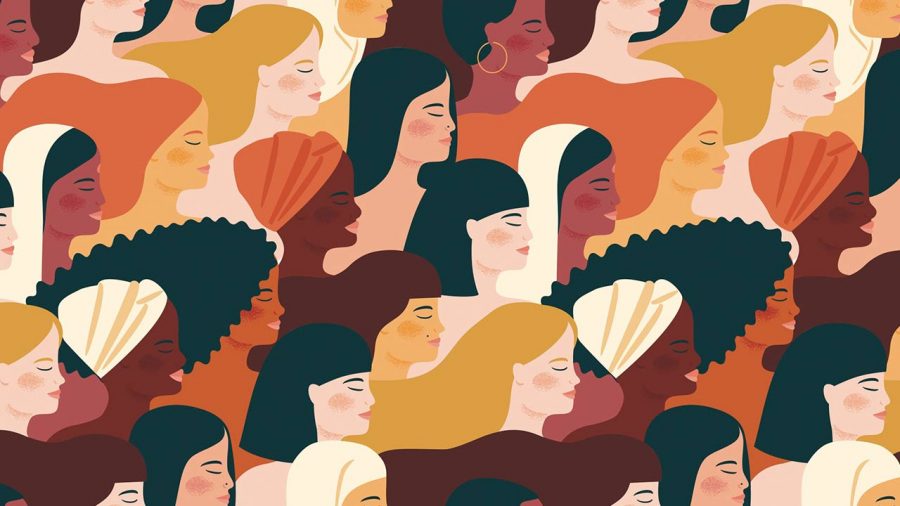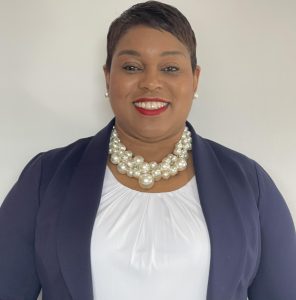Does Equality Between Men and Women Exist?
April 9, 2021
The world around us is changing every day, but are women considered to be equal to men?
In America’s past, women and their rights have always been placed far behind those of men. They did not have the same opportunities in the job fields, and they were always treated as inferior beings.
One significant topic that is still being addressed through a variety of different laws and requirements is voting rights. For women, this right did not come until the 19th Amendment’s ratification over 100 years ago. According to the U.S Consitution, the 19th amendment states: “The right of citizens of the United States to vote shall not be denied or abridged by the United States or by any State on account of sex.”
As men had the right to vote from the beginning, women had to wait till the 19th amendment was ratified just for them to start voting. Women were slowly getting their rights.
As America started to progress after women gained the right to vote, it led to other actions such as more women trying to get into the workplace. However, this was affected by the fact that educated women were scarce in the 20th century. Janet Yellen, writing for The Brookings Institution in May 2020, stated, “Fewer than 2 percent of all 18 to 24-year-olds were enrolled in an institution of higher education, and just one-third of those were women. Such women did not have to perform manual labor, but their choices were likewise constrained.”
Since women did not have a full education, it was hard for them to get into the major job fields or even apply to a place with high pay. During the period between the 1930s and 1970s, the participation made by women helped the American economy. Fifty percent of single women and 40% of married women were working the labor force. Since no other jobs were available for women, manual labor was all that was left.
Moving into the present day, we see a distinct lack of women’s political representation, occupational discrimination, a wage gap, and an issue with pervasive sexual harassment.
In political representation, women have started to make their mark, which is most evident in Kamala Harris’s election as Vice-President. While Harris becoming the first female vice-president in our nation’s history is significant, she is not the only high-ranking woman in America’s political realm.
There are also 24 female United States senators, 117 female U.S representatives, and many female leaders in state and local government. Additionally, at the federal level, there are several women in leadership positions including Yellen, who serves as Secretary of the Treasury, and Deb Halland who is the Secretary of the Interior.
From the late Ruth Bader Ginsburg, the former Associate Justice of the Supreme Court to Alexandria Ocasio Cortez, who represents New York’s 14th congressional district, to the 43 women who serve as their state’s governors, women have risen to unprecedented heights in the government. While it is clear that women have become a force in politics, is there a ceiling for them? Will, there be a female president and, even if there is, will this mean that women have achieved political equality?
As women and men began to work together, disadvantages for women in the workplace became an almost instant issue. A simple look at the pay difference – often referred to as the wage gap – between men and women offers an important difference between how men and women are compensated.
You may think that there would be no difference between women’s or men’s pay, but there is. The State of the Gender Pay Gap 2020 states, “In 2020, women make only $0.81 for every dollar a man makes.” If women do not get the same pay as men, how are they equal?
As women rise in politics and even in some levels of business, sexual harassment still exists at an alarming level. Throughout the U.S. women are constantly sexually assaulted, raped, stalked, and unwillingly touched.
A 2018 NPR survey, Found 81% of Women Have Experienced Sexual Harassment. In the piece Rhitu Chatterjee reports, 81% of women are sexually harassed at some point in their lifetime.
Let’s just let that fact sit for a moment. This means that our daughters, sisters, mothers, aunts, could have been sexually harassed. Is this what we want for the future of America?
Chatterjee explains that forty-three percent of men are also sexually harassed. This is a horrible thing for men to suffer, yet it is only half of the percentage of women that are harassed.
The harassment itself affects the mental state. It can lead to depression, anxiety, PTSD, and it can diminish one’s self-esteem. Facing these conditions, people then turn to suicide, because they believe that life would be better if it is ended. Sexual harassment can lead to the deaths of innocent.
Women are not equal to men. Women will have to face more challenges than men, and all we can hope is that future generations will find a way for them to be equal.













































